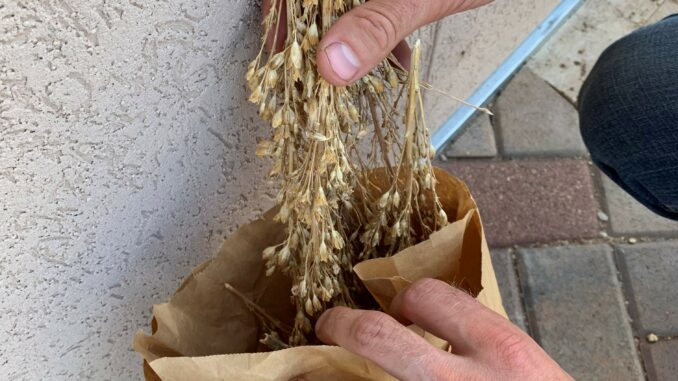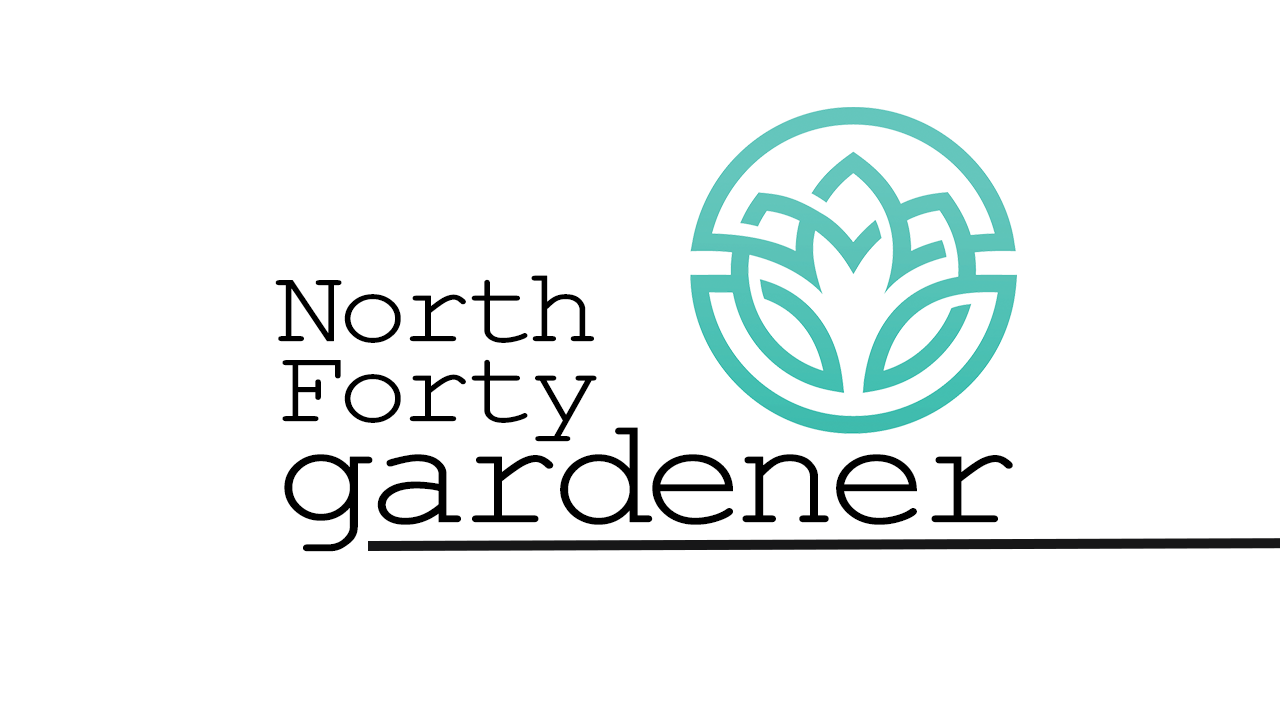

Bryan Fischer, Curator and Horticulturist, Gardens on Spring Creek
Of all the questions I get, most fall into two categories: “What’s the plant I have?” and “How do I grow this plant / where do I get this plant?”. The former is a rather un-fun game where the initiator typically tells me about how their plant has leaves “like this” and is “green” with “these flowers that look like ____”. Typically, it concludes with me saying they can email me a few photos if they want a reliable identification of the plant. With 380,000 vascular plants on this blue-green rock, the odds when guessing a plant aren’t in my favor.
The second question, however, is one that doesn’t have such a simple answer. With a recent contraction in specialty nurseries offerings, folks have to get creative to procure plant material past the ‘Karl Forester’ grass and daisies that can be found at big box stores. Due to rising production costs, starts at nurseries are rising out of the budgets of many, too. Saving and starting seeds can be part of the solution. This week, we will discuss saving seeds from your garden plants. Later in the year, we will discuss starting plants from these seeds.
At its most basic, seed saving can consist of clipping dried seedpods off your desired perennials. Store them in a labeled paper bag in a dry place until you are ready to clean them. Often, the mature seeds will fall right out of the seedpods if you place them in the bag upside down. If not, you must clean the seed by finding a way to either crack the seedpods open or crush the pods and separate the bits of debris from the seed. Often, the best method for me is breaking apart the seedpods and screening them through a few colanders/sieves of varying degrees of coarseness. This typically works well and crushing the seeds during this process isn’t an issue.
Collecting pods that are brown and are just beginning to split open is typically best. The seed in these pods should be brown or clearly on its way to brown, rather than green or soft and white, both colors that can indicate the seed is not yet mature and needs a few more days on the plant. A few types of plants present challenges in seed collecting, including many garden violets (Viola spp.), some Phlox spp., and some members of the mustard family as examples, which opt to forcefully eject their seeds across the garden by a variety of methods. Obviously, a seed that is gone cannot be collected, so consider trying to collect these right before maturity or bag the pods before they jettison their cargo.
Most Colorado garden seeds store well in glassine envelopes in cool, dry places in the home. Storing these in a plastic baggie in the fridge, where cooler, even temperatures and more even humidity will prolong seed life is ideal, but not practical for everyone. Be sure to label your envelopes since seeds can be challenging to tell apart (especially if you have multiple lines of the same plant type).
Some plants have shorter seed life than others. Some legumes and members of the cucumber family can remain viable for decades if stored properly, while onion and carrot can become non-viable in as few as two years. So, sowing and collecting seeds regularly is one of the best ways to keep your stash fresh! Check back in later in the year for a sister piece that will explain how to sow these perennial seeds to grow them out for your garden.
Support Northern Colorado Journalism
Show your support for North Forty News by helping us produce more content. It's a kind and simple gesture that will help us continue to bring more content to you.
BONUS - Donors get a link in their receipt to sign up for our once-per-week instant text messaging alert. Get your e-copy of North Forty News the moment it is released!
Click to Donate
